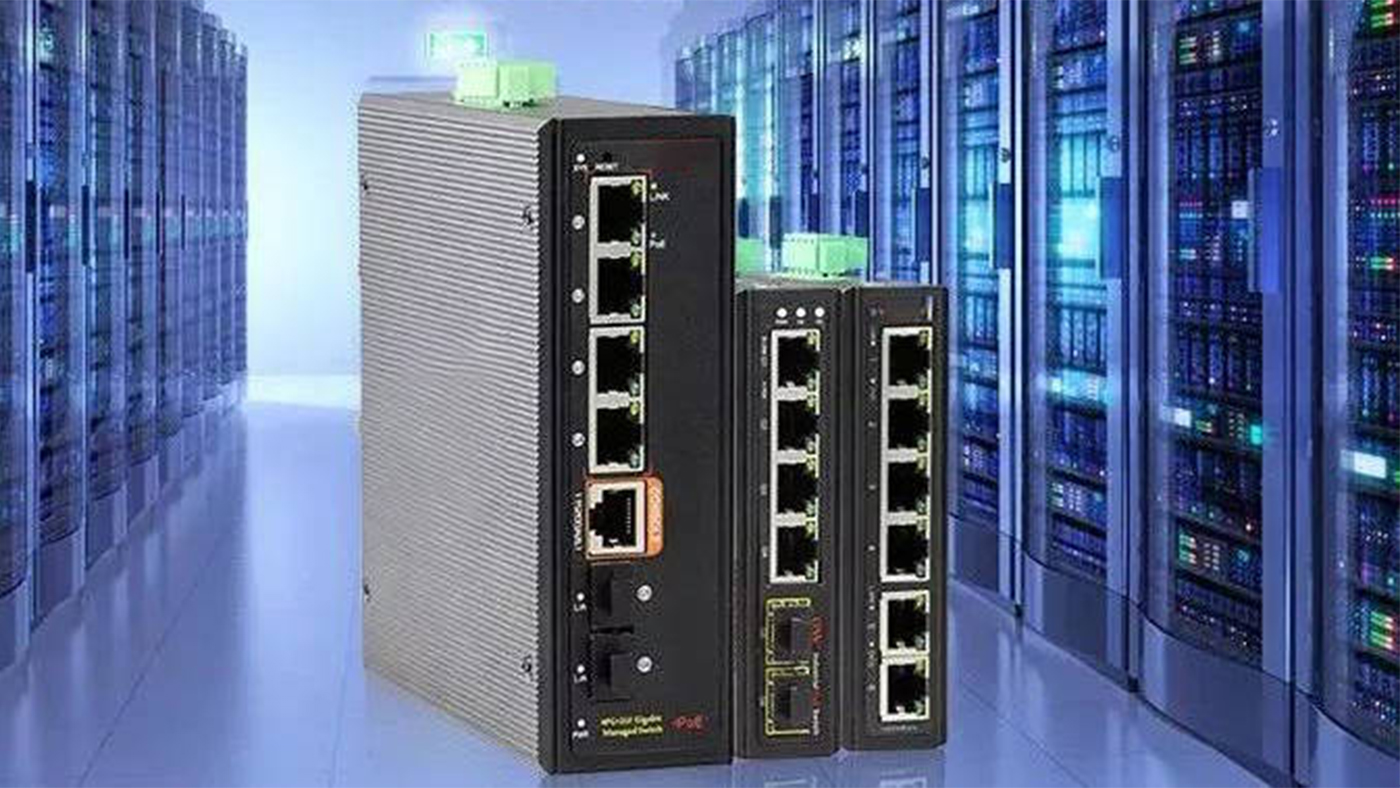If we use the most common metaphor, the function of a switch is to divide a network port into multiple network ports for data transmission, just like diverting water from one water pipe to multiple water pipes for more people to use.
The "water flow" transmitted in the network is data, which is composed of individual data packets. The switch needs to process each packet, so the bandwidth of the switch backplane is the maximum capacity for exchanging data, and the packet forwarding rate is the processing ability to receive data and then forward it.
The larger the values of switch backplane bandwidth and packet forwarding rate, the stronger the data processing ability, and the higher the cost of the switch.

Backplane bandwidth:
Backplane bandwidth is also called backplane capacity, which is defined as the maximum amount of data that can be handled by the processing interface device, interface card and data bus of the switch. It represents the overall data exchange capability of the switch, in Gbps, called switching bandwidth. Usually, the backplane bandwidth we can access ranges from a few Gbps to a few hundred Gbps.
Packet forwarding rate:
The packet forwarding rate of a switch, also known as port throughput, is the ability of the switch to forward packets on a certain port, usually in pps, called packets per second, which is the number of packets forwarded per second.
Here is a network common sense: Network data is transmitted through data packets, which consist of transmitted data, frame headers, and frame gaps. The minimum requirement for a data packet in the network is 64 bytes, where 64 bytes are pure data. Adding an 8-byte frame header and a 12-byte frame gap, the smallest packet in the network is 84 bytes.
So when a full duplex gigabit interface reaches line speed, the packet forwarding rate is
=1000Mbps/((64+8+12) * 8bit)
=1.488Mpps.
The relationship between the two:
The bandwidth of the switch backplane represents the total data exchange capacity of the switch and is also an important indicator of packet forwarding rate. So the backplane can be understood as a computer bus, and the higher the backplane, the stronger its data processing ability, which means the higher the packet forwarding rate.
Post time: Jul-17-2023

